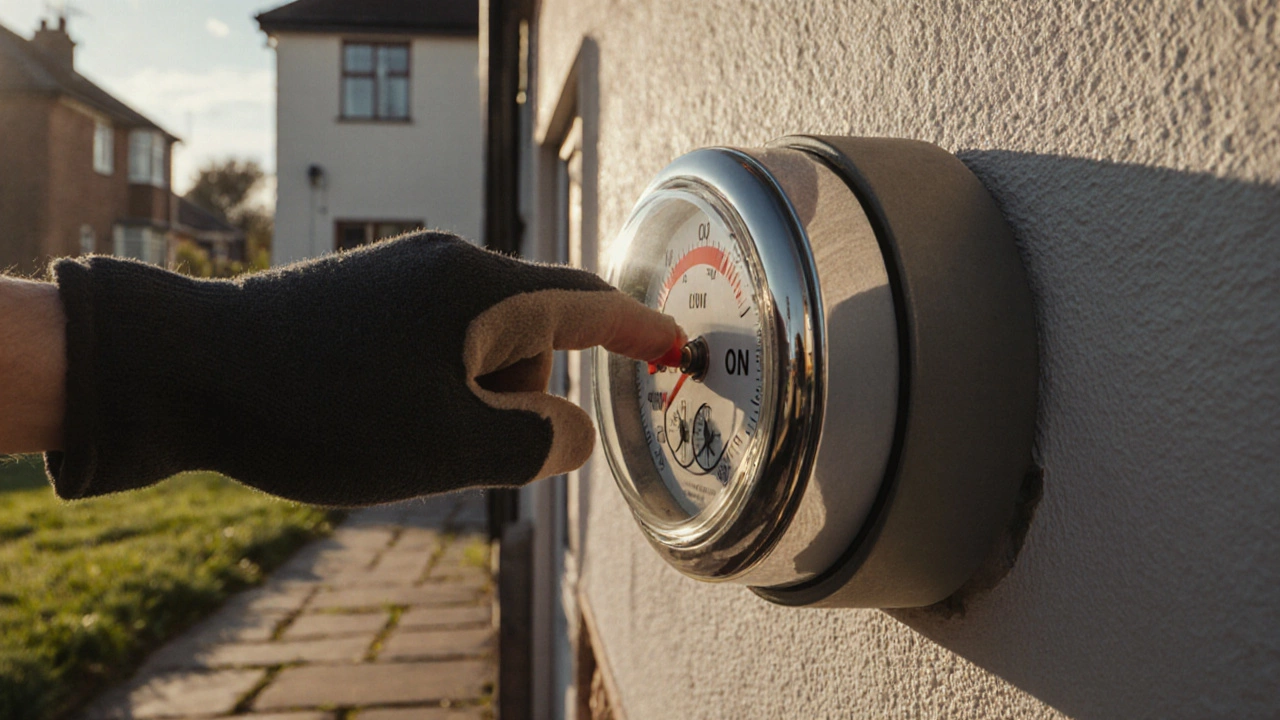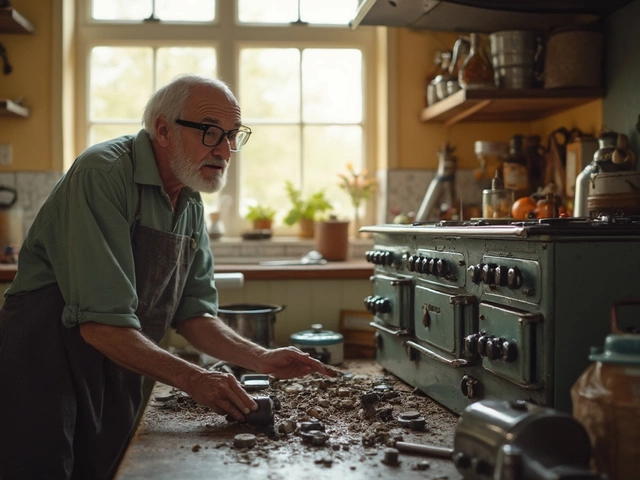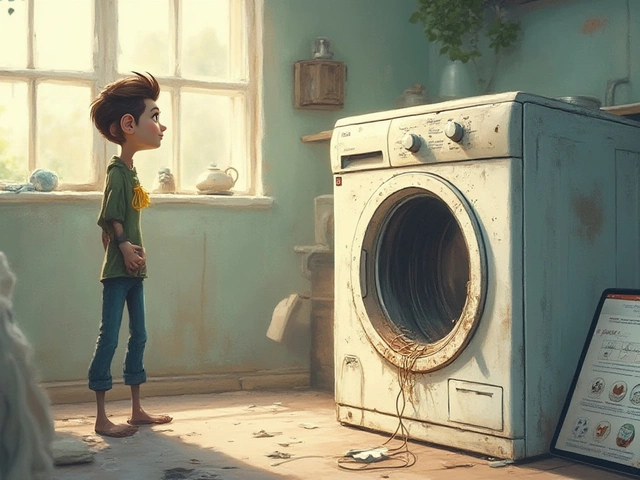Gas Appliance Troubleshooter
SAFETY WARNING: Never attempt gas line repairs yourself. All DIY fixes should only be for basic checks. If you smell gas (rotten egg odor), evacuate immediately and call emergency services.
Step 1
Do all gas appliances (boiler, cooker, water heater) stop working simultaneously?
Step 2
Does your gas meter show activity (red ON indicator visible)?
Step 3
When you try to light an appliance, do you hear a clicking sound?
Step 4
Did you try lighting a portable gas stove outdoors?
Troubleshooting Results
Gas appliances are the heart of many UK homes, keeping kitchens hot and water warm. When none of them fire up at once, it feels like the whole house has gone silent. Before you panic or start tearing the fittings apart, let’s walk through the most likely culprits, safe troubleshooting steps, and when it’s time to call a professional.
Check the Big Picture: Is Your Home Getting Gas?
The first thing to verify is whether the main gas supply is actually on. In the UK, the gas meter is usually located outside or in a utility cupboard. Look for the redON indicator or a small lever. If the meter shows no activity, contact British Gas or your local gas provider. A supply outage due to maintenance or a faulty external line will affect every appliance simultaneously.
Safety Shut‑off Devices Can Turn Everything Off
Modern installations include a safety shut‑off valve that automatically closes if it detects a problem, such as low pressure or a leak. This valve often sits near the meter and is linked to the gas appliances circuit. If the valve has tripped, the whole house will be dead. Look for a stuck lever or a red reset button. Resetting it usually involves turning the lever fully off, waiting a minute, then turning it back on.
Pressure Regulator Issues
The pressure regulator ensures the gas arrives at the correct pressure for domestic use. Over time, mineral build‑up or a fault can cause the pressure to drop below the safe threshold, preventing any appliance from igniting. A simple test is to light a portable gas stove outdoors; if it lights, the regulator is likely at fault. Replacing a regulator should be done by a Gas Safe registered engineer.
Blocked or Dirty Burners
Even if the gas is flowing, a blocked burner can stop an appliance from lighting. Food debris, soot, or rust can clog the tiny fuel ports. Remove the burner caps (consult your user manual), soak them in warm, soapy water, and use a soft brush to clear the holes. Rinse and dry thoroughly before reinstalling.
Faulty Ignition System
Most modern cookers, boilers, and water heaters use an electronic ignition system. This can fail due to a broken spark electrode or a dead igniter coil. Listen for a faint clicking sound when you try to turn the appliance on - that’s the spark trying to strike. If you hear the click but no flame, the igniter may need replacement. Ignition parts are typically proprietary, so order the exact model number.
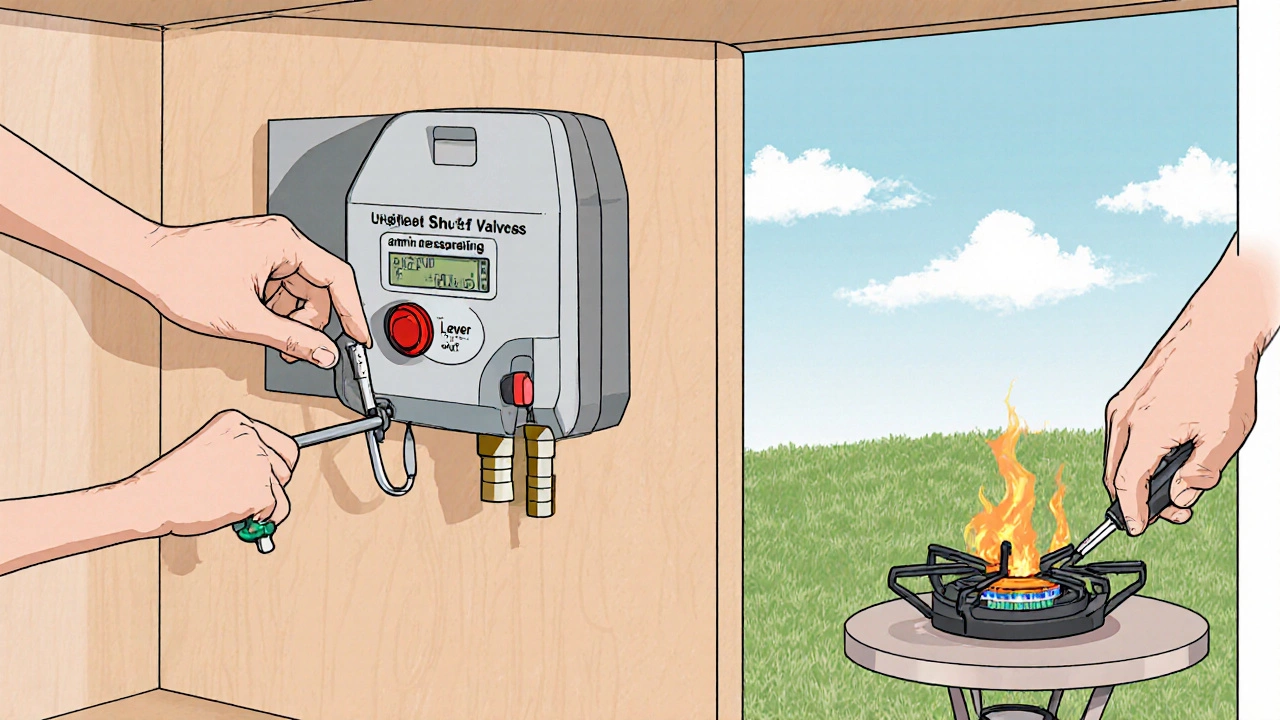
Thermocouple or Flame Sensor Problems
A thermocouple monitors the flame and shuts off gas if the flame goes out, preventing a dangerous buildup. Over time, the sensor tip can become corroded or misaligned, leading it to think there’s no flame even when there is one. Gently clean the tip with fine‑grade sandpaper, being careful not to damage it. If cleaning doesn’t help, replacement is the only cure.
Carbon Monoxide Detector Alerts
Many UK homes now have carbon monoxide (CO) detectors linked to gas appliances. If a detector sounds, the system may automatically cut gas to protect you. Resetting the detector without addressing the underlying issue is risky. Check the detector’s battery, note the location of the alarm, and ventilate the area. Then investigate the appliance that triggered the alarm.
Electrical Supply to the Appliance
Even gas‑powered appliances rely on electricity for ignition, fans, and control boards. A tripped circuit breaker or a blown fuse will make the appliance appear dead. Verify that the plug is firmly seated, the socket is live (use a voltage tester), and the breaker hasn’t popped. Reset any tripped breakers and replace blown fuses with the correct rating.
When to Call a Gas Safe Engineer
If you’ve gone through the checks above and still have no flame, it’s time to bring in a qualified professional. Gas work is illegal for anyone without a Gas Safe certificate, and mistakes can lead to explosions or poisoning. Look for an engineer with a valid Gas Safe ID card. Expect them to test the gas pressure, inspect the regulator, and check the internal safety valves.
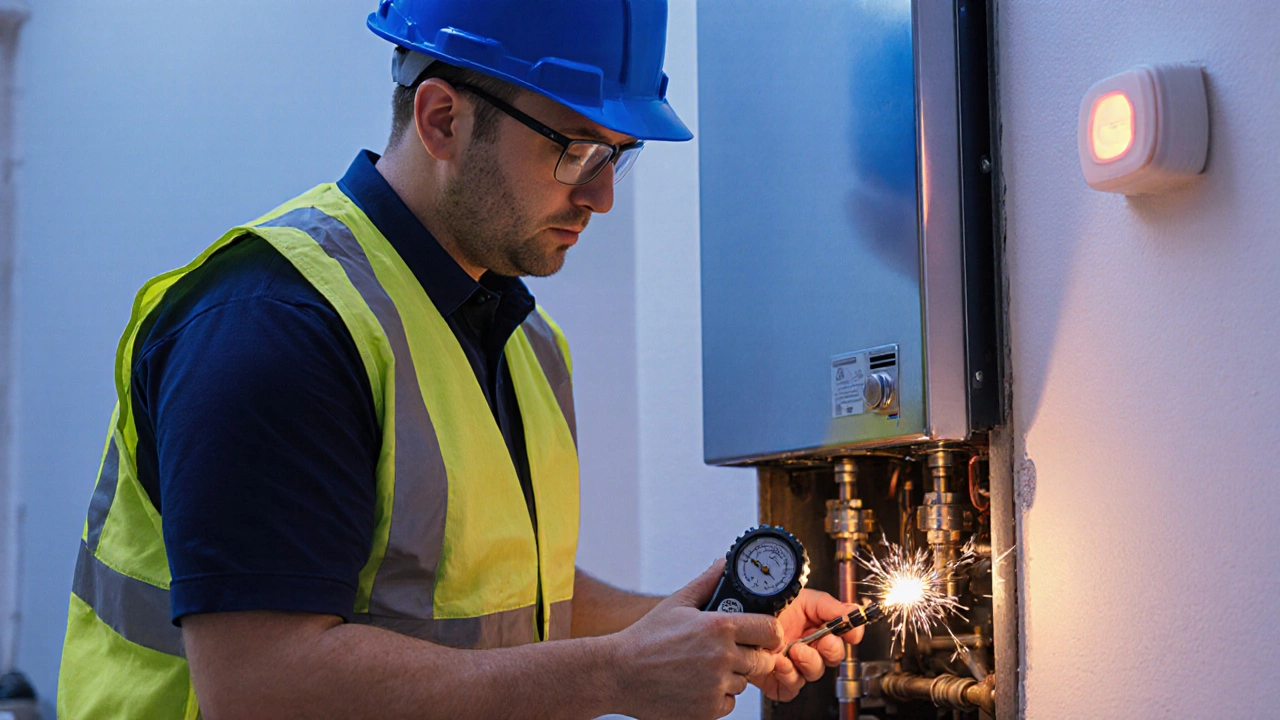
Quick Troubleshooting Checklist
- Confirm the main gas meter shows activity.
- Inspect the safety shut‑off valve for a reset button.
- Test a portable gas stove outdoors to rule out pressure issues.
- Clean burner ports and remove any debris.
- Listen for the igniter click; if missing, check the power supply.
- Clean or replace the thermocouple/ flame sensor.
- Check CO detector status and reset if needed.
- Verify the appliance’s electrical plug and circuit breaker.
- Contact a Gas Safe registered engineer if problems persist.
Safety First: Do Not Attempt These
Never try to repair a gas line yourself - even a small leak can cause a fire or explosion. Do not use open flames (matches, lighters) to locate a leak; instead, apply soapy water to joints and look for bubbles. If you smell gas (a distinct rotten‑egg odor), evacuate the house immediately, avoid using phones or switches, and call the emergency gas line (UK: 0800111999).
Understanding the Underlying System
All domestic gas appliances share a few key components: the gas supply line, the pressure regulator, the safety shut‑off valve, the ignition system, and the combustion chamber. When one part fails, the whole network can stop working. By familiarising yourself with these components, you’ll know exactly what to point out to a technician, saving time and money.
Frequently Asked Questions
Why did all my gas appliances stop working at the same time?
The most common cause is a problem with the main gas supply or a safety shut‑off valve that has tripped. Both will affect every appliance connected to the line.
Can I reset the safety shut‑off valve myself?
Yes, if you can locate the valve. Turn the lever fully to the off position, wait a minute, then switch it back to on. If it trips again, call a Gas Safe engineer.
What does a clicking sound mean when I try to light my cooker?
The click is the spark igniter attempting to light the gas. If you hear the click but no flame, the igniter or gas flow is likely at fault.
How can I tell if my pressure regulator is bad?
A simple test is to light a portable gas stove outdoors. If it lights, the regulator inside the house may be restricting pressure and needs replacing by a professional.
Is it safe to clean the thermocouple myself?
Yes, you can gently sand the tip with fine‑grade sandpaper. If cleaning doesn’t restore function, replace the thermocouple - this is a quick, low‑cost fix.
By following these steps you’ll either get your kitchen heating up again or have the right information ready for the gas engineer. Remember, safety always comes first - when in doubt, shut off the gas and call a professional.

